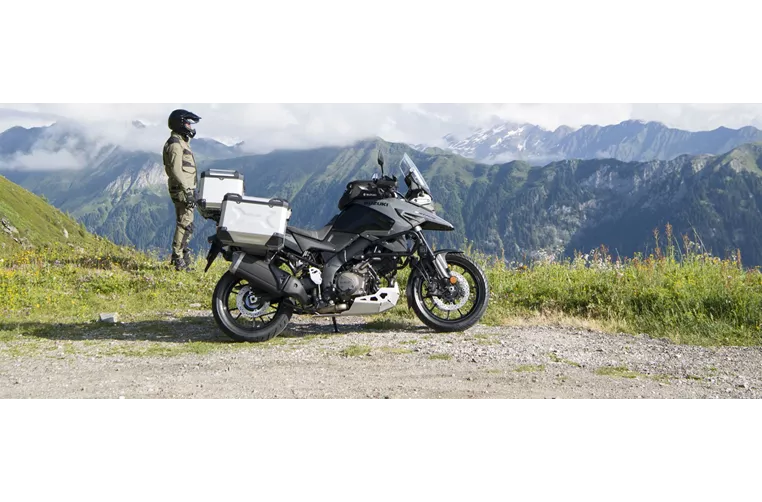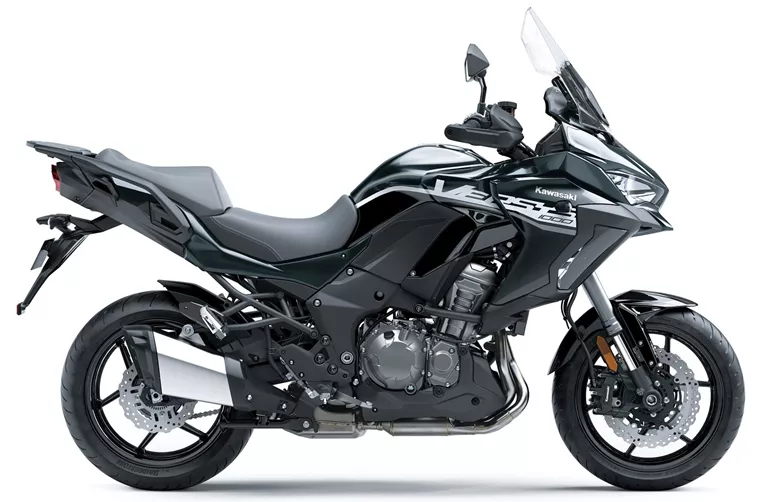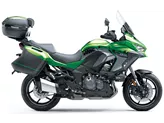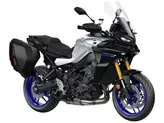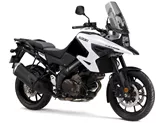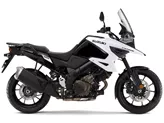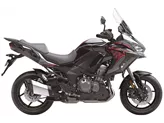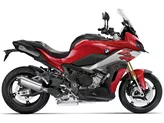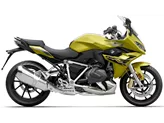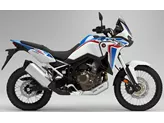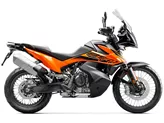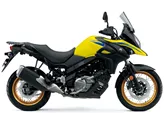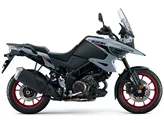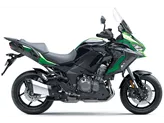Suzuki V-Strom 1050 2020 vs. Kawasaki Versys 1000 SE 2020

Suzuki V-Strom 1050 2020
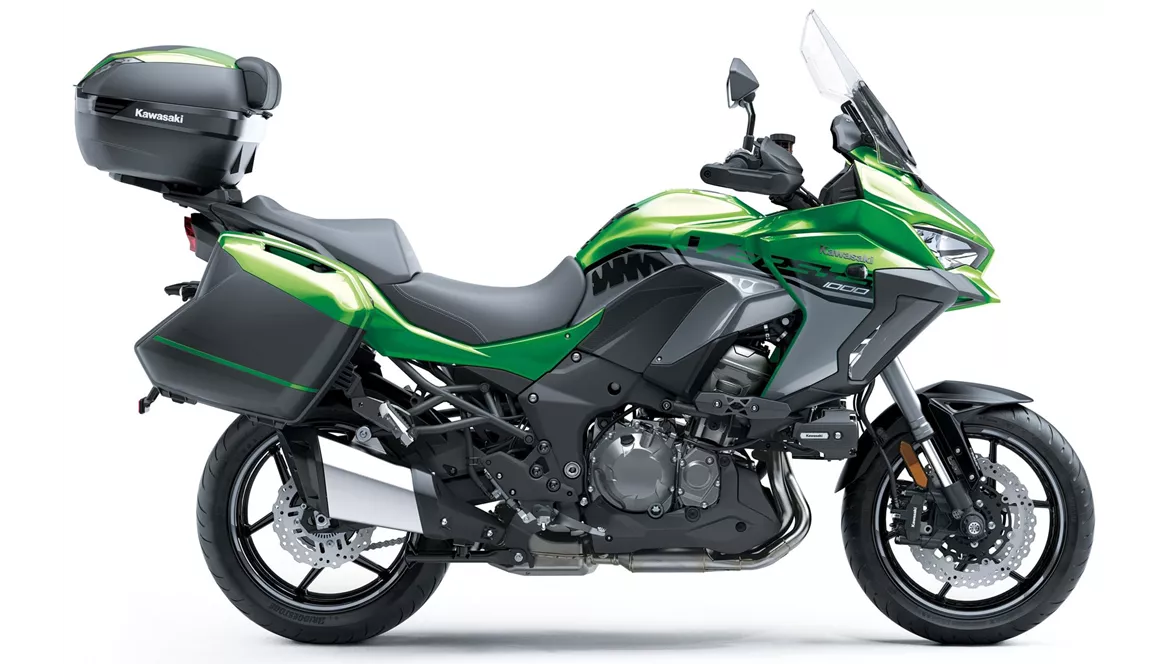
Kawasaki Versys 1000 SE 2020
Overview - Suzuki V-Strom 1050 2020 vs Kawasaki Versys 1000 SE 2020
When comparing the Suzuki V-Strom 1050 2020 and the Kawasaki Versys 1000 SE 2020, it is clear that both motorcycles have their own strengths and weaknesses.
Starting with the Suzuki V-Strom 1050 2020, it boasts a V2 engine that performs exceptionally well in practical situations. With 107 HP and 100 Nm of torque, the engine provides a strong and reliable power delivery. The wind protection on the V-Strom is also commendable, offering a comfortable riding experience even at high speeds. The seating comfort is also worth noting, making it suitable for long-distance rides.
On the other hand, the Kawasaki Versys 1000 SE 2020 excels in its high riding comfort for both the rider and passenger. The wind and weather protection on this motorcycle is also top-notch, ensuring a pleasant riding experience in various conditions. The chassis of the Versys is of high quality and can be adjusted precisely to meet individual requirements. The engine is well-controlled and rev-happy, providing a strong pull throughout the rev range.
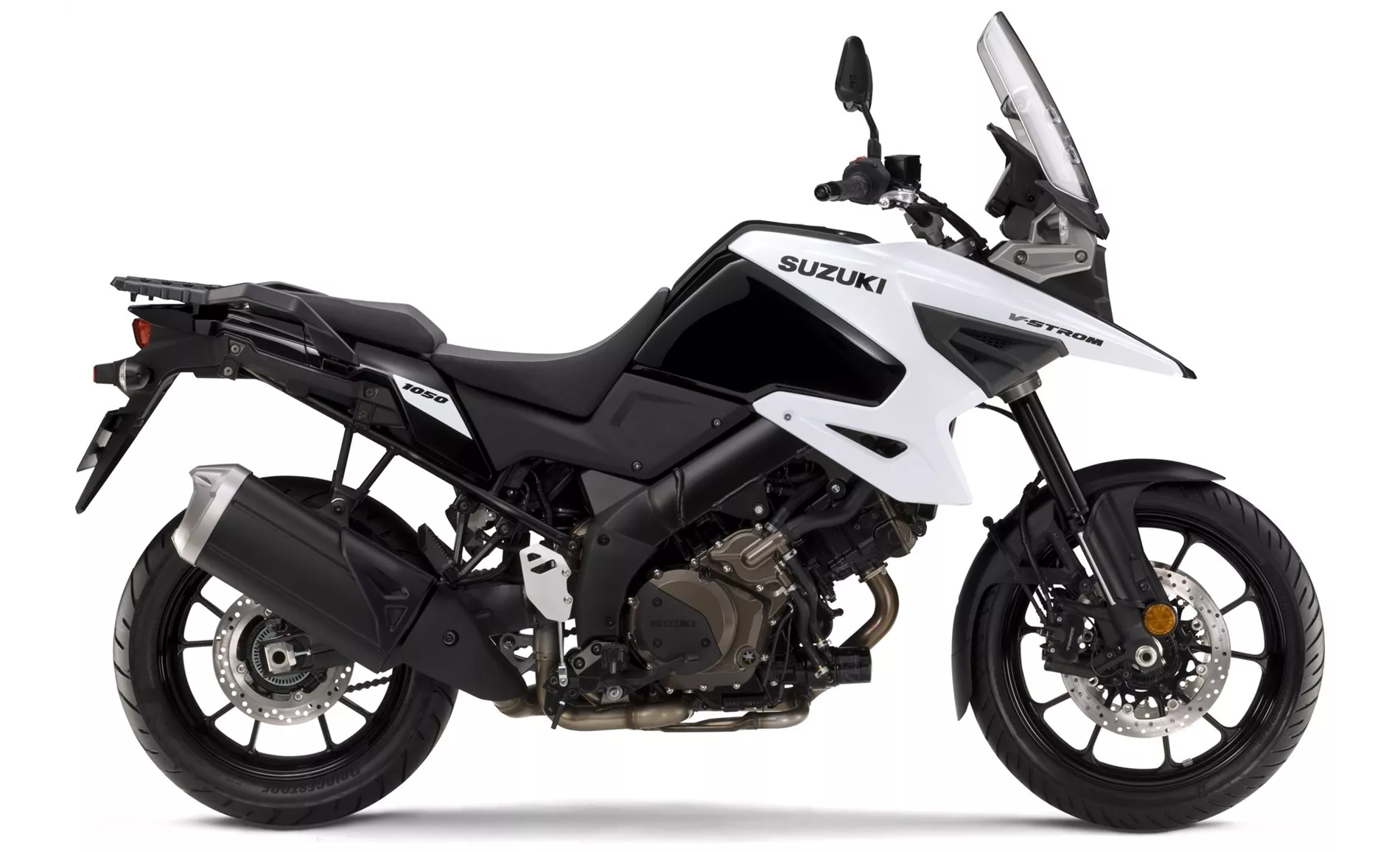
Suzuki V-Strom 1050 2020
However, the Suzuki V-Strom 1050 2020 does have a weakness in its equipment. Some details from the XT version are unfortunately missing, which may disappoint some potential buyers. On the other hand, the Kawasaki Versys 1000 SE 2020 suffers from a generously dimensioned standard windshield, which can be problematic at high temperatures as it restricts airflow even at the lowest setting. Additionally, the display and mobile phone app on the Versys may not be up to par with the competition.
In terms of technical specifications, the Suzuki V-Strom 1050 2020 features a V2 engine with a displacement of 1037 ccm, while the Kawasaki Versys 1000 SE 2020 has an in-line 4-cylinder engine with a displacement of 1043 ccm. The V-Strom has a slightly lower engine power of 107 HP compared to the Versys' 120 HP, but the torque is similar at 100 Nm for the V-Strom and 102 Nm for the Versys. Both motorcycles have an electric starter and a chain transmission.
In terms of suspension, both motorcycles feature upside-down telescopic forks at the front and a swing arm suspension with a monoshock at the rear. The travel and adjustment options are similar for both models, with the V-Strom offering 160 mm of travel and the Versys offering 150 mm at the front, and 160 mm and 152 mm of travel respectively at the rear.
The chassis of both motorcycles is made of aluminum, providing a sturdy and lightweight construction. The rake and trail measurements are slightly different, with the V-Strom having a rake of 64.7 degrees and a trail of 109 mm, while the Versys has a rake of 63 degrees and a trail of 106 mm.

Kawasaki Versys 1000 SE 2020
In terms of braking, both motorcycles feature double disk brakes at the front. The advanced rider assistance systems include ABS and traction control for both models, while the Versys also offers ride by wire and a quickshifter.
The dimensions and weights of the motorcycles are also comparable. The V-Strom has a front tire diameter of 19 inches and a rear tire width of 150 mm, while the Versys has a front tire diameter of 17 inches and a rear tire width of 180 mm. The wheelbase is slightly longer for the V-Strom at 1555 mm compared to the Versys' 1520 mm. The seat height is also higher for the V-Strom at 855 mm compared to the Versys' 840 mm. The kerb weight with ABS is 236 kg for the V-Strom and 257 kg for the Versys. Both motorcycles have a fuel tank capacity of around 20-21 liters.
In conclusion, both the Suzuki V-Strom 1050 2020 and the Kawasaki Versys 1000 SE 2020 have their own strengths and weaknesses. The V-Strom offers a great V2 engine, good wind protection, and comfortable seating, while the Versys provides high riding comfort, excellent wind and weather protection, and a well-adjustable chassis. However, the V-Strom lacks in equipment compared to its XT version, and the Versys has issues with the windshield and display/mobile app. Overall, both motorcycles are capable and offer a great riding experience.
Technical Specifications Suzuki V-Strom 1050 2020 compared to Kawasaki Versys 1000 SE 2020
Pros and Cons in comparison
Pros and Cons in comparison
Suzuki V-Strom 1050 2020
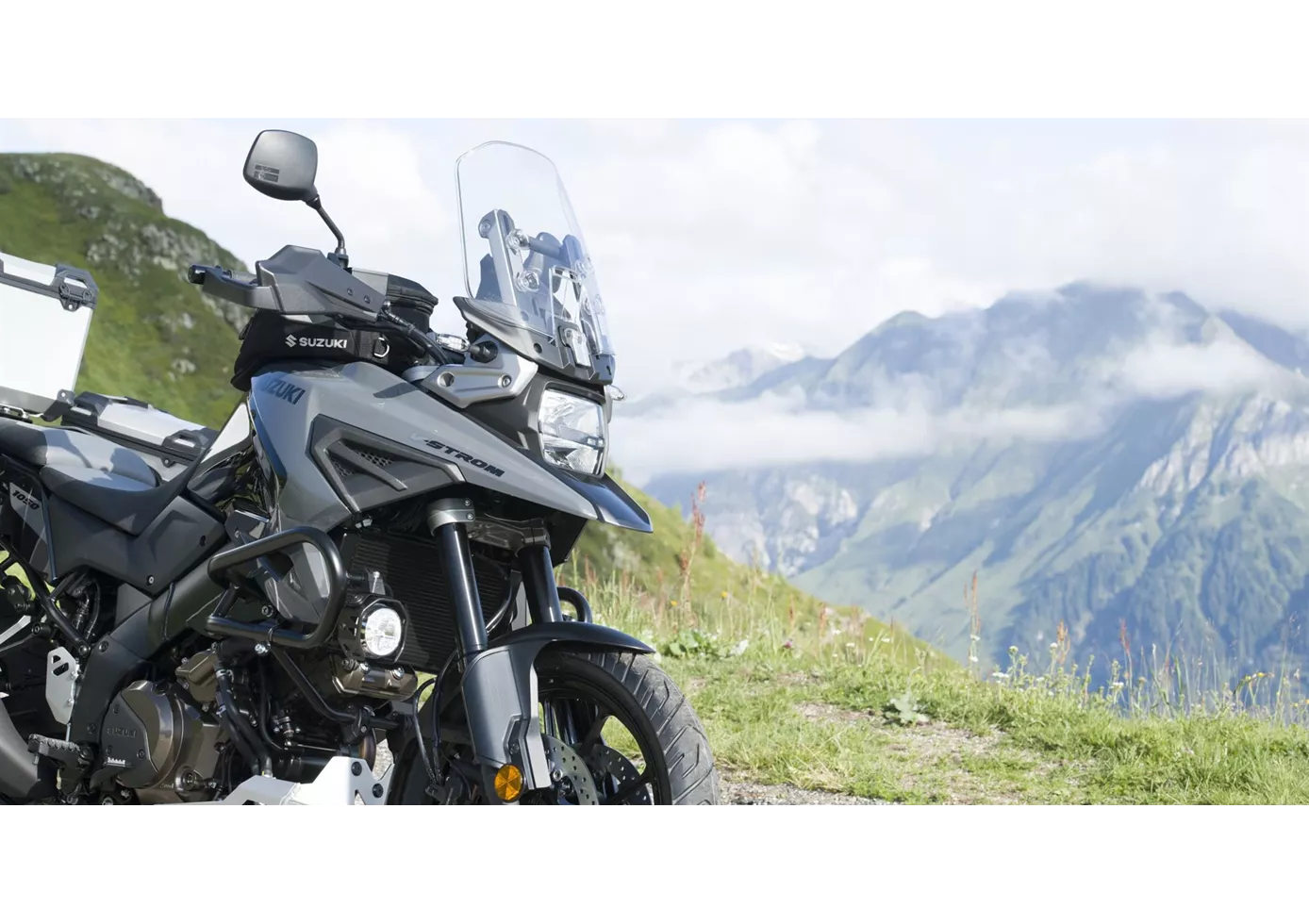
In 2020, the V-Strom was improved in a number of ways. The look now fits the great motorbike better and also exudes more attention to detail. The heart of the bike, the engine, is still just as much fun as before. A great power unit! It doesn't overtax, but provides a lot of riding pleasure! It is suitable for everyday use, but also offers a lot of charisma!
Kawasaki Versys 1000 SE 2020

The Kawasaki Versys 1000 SE is a particularly well-designed representative of a type that is so difficult to categorise. In the end, it is simply a very good and universal motorbike. At the regulars' table, it will hardly score points with 120 hp. But in practice, all elements of the motorbike are designed and dimensioned in such a way that you enjoy riding it for a long time. On long tours, it has sufficient power, offers dynamic handling and high riding comfort. Compared to the competition, you hardly miss the power. Kawasaki should improve on the integration of a Navigatinos app in the display.
Price Comparison Avarage Market Price Suzuki V-Strom 1050 vs Kawasaki Versys 1000 SE
There are a few key differences between a Suzuki V-Strom 1050 2020 and a Kawasaki Versys 1000 SE 2020. In terms of price, the actual average price of a Kawasaki Versys 1000 SE 2020 is about 28% higher. Compared to Kawasaki Versys 1000 SE 2020 there are less Suzuki V-Strom 1050 2020 bikes available on the 1000PS.de Marketplace, specifically 6 compared to 8. It takes less time to sell a Suzuki V-Strom 1050 with 127 days compared to 156 days for a Kawasaki Versys 1000 SE. Since model year 2020 1000PS.de editors have written 10 reviews for the Suzuki V-Strom 1050 and 12 reviews for the Kawasaki Versys 1000 SE since model year 2019. The first review for the Suzuki V-Strom 1050 was published on 1/30/2020 and now has more than 104,400 views. This compares to more than 25,500 views for the first review on Kawasaki Versys 1000 SE published on 11/6/2018.
